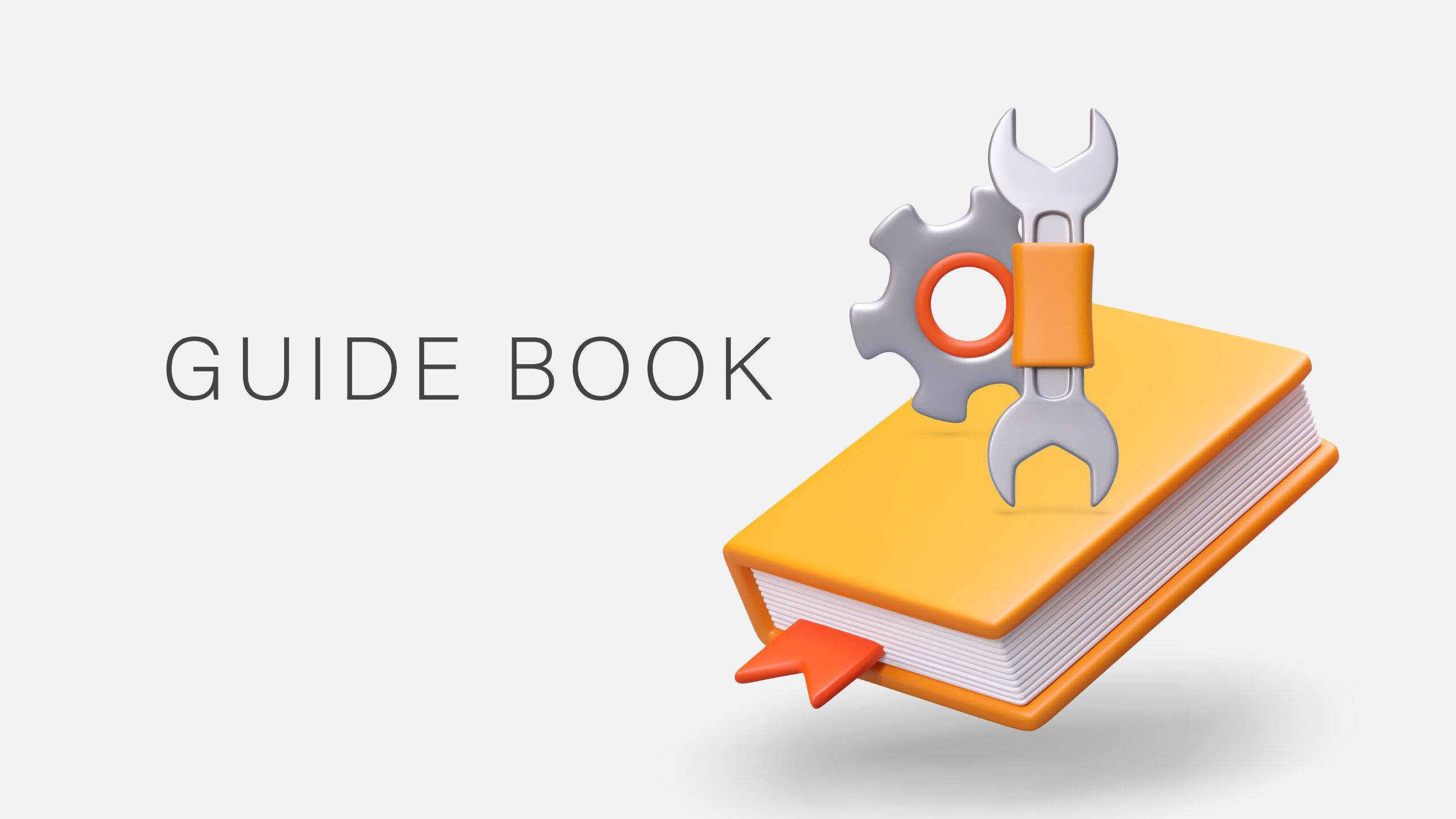Self-Study
Breaking Down Key U.S. GAAP Standards and SEC Filing Requirements
Examine essential U.S. GAAP principles and SEC reporting requirements covering financial statements, revenue recognition, leases, and crypto assets to unsure accurate financial reporting in your practice.

$480.00 – $520.00Price range: $480.00 through $520.00
Webcasts are available for viewing Monday – Friday, 8am – 8pm ET,
and Saturday & Sunday, 10am – 6pm ET.
Without FlexCast, you must start with enough time to finish. (1 Hr/Credit)
Please fill out the form below and we will reach out as soon as possible.
CPE Credits
24 Credits: Accounting
Course Level
Overview
Format
Self-Study
Course Description
Breaking Down Key U.S. GAAP Standards and SEC Filing Requirements provides an overview of key U.S. GAAP accounting principles and SEC reporting requirements, focusing on topics that are important for financial reporting professionals. Participants will explore the presentation of financial statements, including the balance sheet, income statement, cash flow, discontinued operations, segment reporting, as well as Accounting Standards Updates (ASUs), accounting estimates, accounting principle changes, and error corrections. Key U.S. GAAP areas such as revenue recognition, leasing, business combinations, goodwill, software (both internal use and resale), held-for-sale assets, loss contingencies, guarantees, derivatives, hedge accounting, blockchain, and crypto assets will be covered. This GAAP and SEC CPE course also addresses important SEC Regulations, Form 8-K & Form 10-K requirements, as well as best practices related to MD&A and non-GAAP financial measures.
Need Flexibility?
Purchase now, choose later. Your credits are ready whenever you find the perfect courses for you.
Learning Objectives
Upon successful completion of this course, participants will be able to:
- Recognize overall financial statement presentation requirements
- Identify requirements for discontinued operations
- Determine when certain balance sheet accounts can be offset
- Identify presentation requirements for the income statement and comprehensive income
- List the different methods used for statement of cash flow presentation
- Differentiate between operating, financing, and investing activities in the statement of cash flows
- Identify standard elements included within each FASBASU
- Distinguish between different transition requirements
- Recognize SEC disclosure requirements relating to pending ASUs
- Identify best practices for effectively tracking ASUs
- Identify key areas in U.S. GAAP where accounting estimates are required
- Recognize the potential risks and challenges associated with accounting estimates
- Differentiate between the proper use of estimates and instances of misuse or manipulation
- Determine the impact of inaccurate accounting estimates on financial statements
- List the different types of accounting changes and how they affect an entity’s financial statements
- Differentiate between the requirements for the different types of accounting changes
- Identify disclosure requirements related to changes in accounting principles
- Identify the steps involved in the required assessment for a correction of an error
- Differentiate between the iron curtain and rollover methods for quantifying a correction of an error
- Recognize the different types of restatements required as a result of accounting changes
- List the five steps involved in the new revenue recognition model
- Recognize the considerations involved in identifying whether a contract exists
- Identify the considerations involved with measuring the transaction price
- Recognize the steps involved in allocating the transaction price to performance obligations
- Determine whether an arrangement contains a lease
- Identify the criteria for finance leases and short-term leases
- Recognize the recognition and measurement requirements for both lessees and lessors
- Identify the requirements related to lease modifications
- Identify presentation and disclosure requirements for both lessees and lessors
- Identify the definition of a business as it relates to a business combination transaction
- List the steps involved in the acquisition method
- Recognize how to measure goodwill and gains from bargain purchases
- Recognize financial statement disclosures related to business combinations
- Recognize overall characteristics of goodwill impairment testing
- Differentiate between the qualitative and quantitative test of goodwill impairment
- Identify key characteristics of the accounting alternative for goodwill
- List the key disclosure requirements for goodwill and goodwill impairment losses
- Distinguish between software that is considered internal-use and not considered internal-use
- Recognize how implementation costs are accounted for in various stages of software development
- Identify when capitalization and amortization should commence
- Recognize how implementation costs of hosting arrangements are accounted for differently
- Recognize software that is within the scope of ASC Topic 985-20
- Identify how software costs are recorded prior to and after establishing technological feasibility
- Recognize how amortization is recorded for capitalized software costs
- Identify general disclosure requirements related to software for resale
- List the specific criteria that must be met for an asset to be classified as held for sale
- Recognize the accounting and reporting impacts from held for sale classification
- Identify potential reporting impacts from changes to a plan of sale
- Identify when to accrue a liability for litigation-related contingencies under ASC 450-20
- Differentiate between probable, reasonably possible, and remote litigation outcomes
- Recognize the role of legal counsel in the litigation process
- Identify the appropriate financial statement disclosures for litigation-related contingencies
- Identify the primary types of guarantees
- Recognize the guarantees that are within the scope of ASC Topic 460
- Identify the recognition, measurement, and subsequent measurement requirements of guarantees
- Recognize key disclosure requirements for guarantees
- Identify the various types of derivatives and their key characteristics
- Recognize the strategic role of derivatives in financial risk management
- Determine the financial reporting implications of using derivatives in an organization’s financial statements
- Distinguish fair value, cash flow, and net investment hedges in practice
- Determine key steps in hedge accounting: designation, documentation, and effectiveness testing
- Differentiate how fair value, cash flow, and net investment hedges mitigate financial risks
- Identify key components and concepts of blockchain technology
- Recall steps in blockchain transactions and consensus mechanisms
- Distinguish between blockchain and traditional databases
- Recognize use cases of blockchain for CPAs
- Recognize the criteria for determining what constitutes a crypto assets based on U.S. GAAP
- Identify the recognition requirements for crypto assets
- Recognize the way in which crypto assets are presented on an entity’s financial statements
- Identify disclosure requirements with respect to crypto assets
- Identify key requirements related to the Securities Act of 1933and Securities Exchange Act of 1934
- Recognize specific requirements included in Regulations S-X, S-K, and FD
- Distinguish between requirements included in Regulation S-X and S-K
- Identify key characteristics of operating segments and the chief operating decision maker
- Identify the quantitative thresholds used for reportable segments
- Recognize disclosure requirements for reportable segments as well as entity-wide disclosures
- Recognize the overall purpose of the Form 8-K
- Identify the filing deadline for Form 8-K triggering events
- Identify triggering events that require the filing of a Form 8-K
- Recognize overall disclosures requirements for a Form 8-K
- Identify the key components of SECForm 10-K and their relevance to financial reporting.
- Recognize the regulatory requirements and compliance aspects associated with filing Form 10-K.
- Distinguish between the filing deadlines for Form 10-Kand the consequences of non-compliance
- Recognize the significance of Form 10-Kfor investors and stakeholders
- Identify key elements of MD&A
- Distinguish between liquidity and capital resourcesin MD&A
- Recognize best practices for drafting effective MD&A disclosures
- Identify common challenges in MD&A reporting
- Recognize the significance of critical accounting estimates in MD&A
- Differentiate between a GAAP financial measure and a non-GAAP financial measure
- Recognize examples of different types of non-GAAP financial measures
- Identify which SEC guidance is applicable to different types of non-GAAP financial measures
- Recognize disclosures within the scope of Regulation G
- Identify key requirements included within both Regulation G and Regulation S-K related to these measures
Course Specifics
SS125421282
February 10, 2025
There are no prerequisites.
None
515
Compliance Information
CMA Notice: Western CPE makes every attempt to maintain our CMA CPE library, to ensure a course meets your continuing education requirements please visit Insitute of Management Accountants (IMA)
CFP Notice: Not all courses that qualify for CFP® credit are registered by Western CPE. If a course does not have a CFP registration number in the compliance section, the continuing education will need to be individually reported with the CFP Board. For more information on the reporting process, required documentation, processing fee, etc., contact the CFP Board. CFP Professionals must take each course in it’s entirety, the CFP Board DOES NOT accept partial credits for courses.
Meet The Experts

Kelen is a recognized author and reviewer of CPE courses and has authored over 145 courses (350+ CPE credit hours) covering a range of accounting, auditing, financial reporting, regulatory, and ethics topics. Kelen remained involved in CPA exam content development for nearly 10 years and authored more than a thousand multiple choice questions for various sections of the CPA exam. He also serves as an Editorial Advisor for the AICPA’s Journal of Accountancy. Kelen has nearly 20 years of progressive finance and accounting experience. He currently serves as an Accounting Policy Advisor with HP. Prior to HP, he served in multiple …



